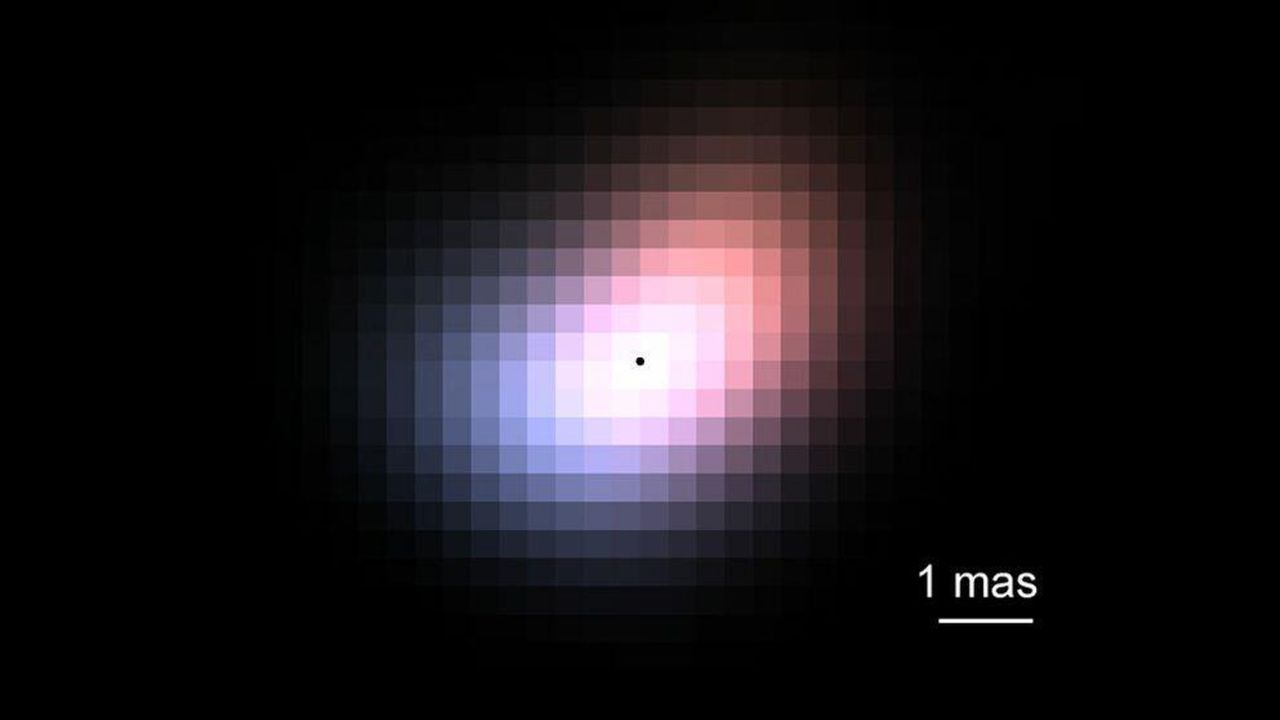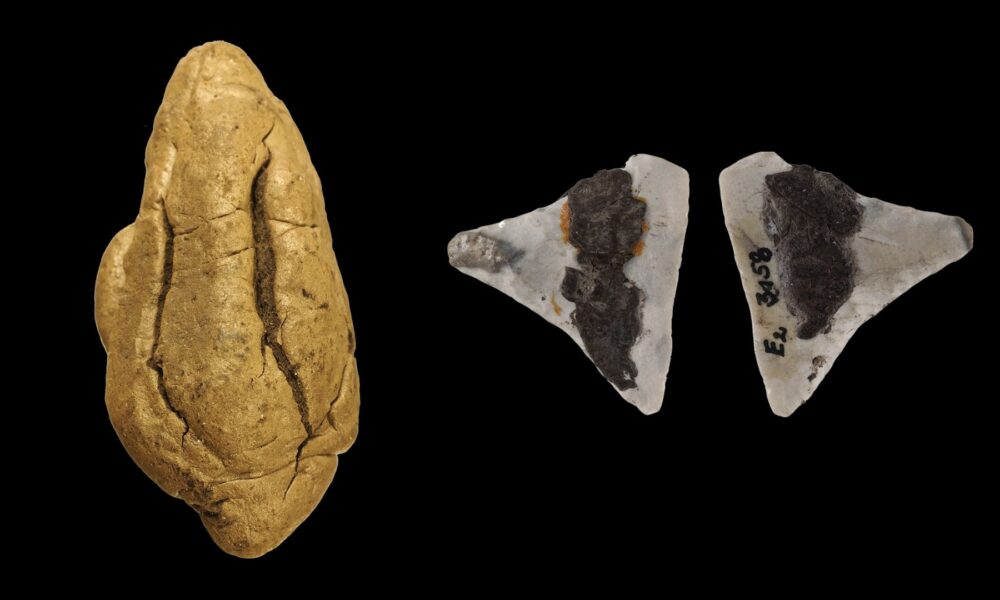Astronomers have made a significant discovery regarding the star Beta Canis Minoris, also known as Gomeisa, revealing a surprisingly lopsided disk of hydrogen gas surrounding it. This finding was made possible through the use of a groundbreaking instrument known as a “photonic lantern,” which enhances the observational capabilities of ground-based telescopes. Located approximately 162 light-years from Earth in the Canis Minor constellation, Beta Canis Minoris is roughly 3.5 times more massive than our sun.
Despite its proximity to Earth, much about this star remains a mystery. Previous studies have insinuated that it may be part of a binary system, consisting of two smaller stars orbiting closely, but this has yet to be confirmed. The new research, published on October 22, 2023, in *The Astrophysical Journal Letters*, utilized the Subaru Telescope on Mauna Kea in Hawaii to capture images of the star’s disk, revealing unexpected asymmetry that may indicate its binary nature.
Innovative Technology Enhances Observational Power
The photonic lantern, employed for the first time in this study, was attached to the Subaru Telescope and proved instrumental in obtaining what researchers describe as the “sharpest-ever measurement of a star’s surrounding disk” from a single ground-based telescope. Lead author Yoo Jung Kim, a doctoral student at the University of California, Los Angeles, expressed surprise at the detection of such asymmetry, emphasizing the challenges astrophysicists will face in modeling these systems.
The photonic lantern functions by capturing light from celestial objects and separating it into individual strands, akin to unraveling a musical chord into its notes. Each strand is further divided by wavelength, allowing researchers to analyze color variations that occur due to the Doppler effect, where the frequency of light changes owing to the motion of the source relative to the observer.
The results showed that one half of the disk exhibits a blue tint, as it spins towards Earth, while the opposite half appears redder due to its motion away from us. The uneven color distribution indicates that the gas is not rotating uniformly, which could be a sign of the star’s potential binary system. This kind of detail is typically reserved for observations made by space telescopes, such as the James Webb Space Telescope, which are not affected by Earth’s atmospheric disturbances.
Broadening Horizons in Astronomy
Traditionally, the clearest images in astronomy are obtained by linking multiple telescopes together, a method known as interferometry. However, the successful application of the photonic lantern demonstrates that high-resolution observations can also be achieved with a single telescope. “In astronomy, the sharpest image details are usually obtained by linking telescopes together,” Kim stated. “But we did it with a single telescope.”
The research team plans to explore additional celestial objects using the photonic lantern and intends to attach it to other telescopes to determine if similar observational advancements can be replicated. Co-author Nemanja Jovanovic, an astronomer and photonics expert at Caltech, remarked on the exciting potential for future discoveries. “We are just getting started,” he said, highlighting the promise this technology holds for the field of astronomy.
The implications of this discovery extend beyond the immediate findings about Beta Canis Minoris, suggesting that the photonic lantern could revolutionize the way ground-based telescopes operate, enabling astronomers to probe deeper into the universe with unprecedented clarity.







